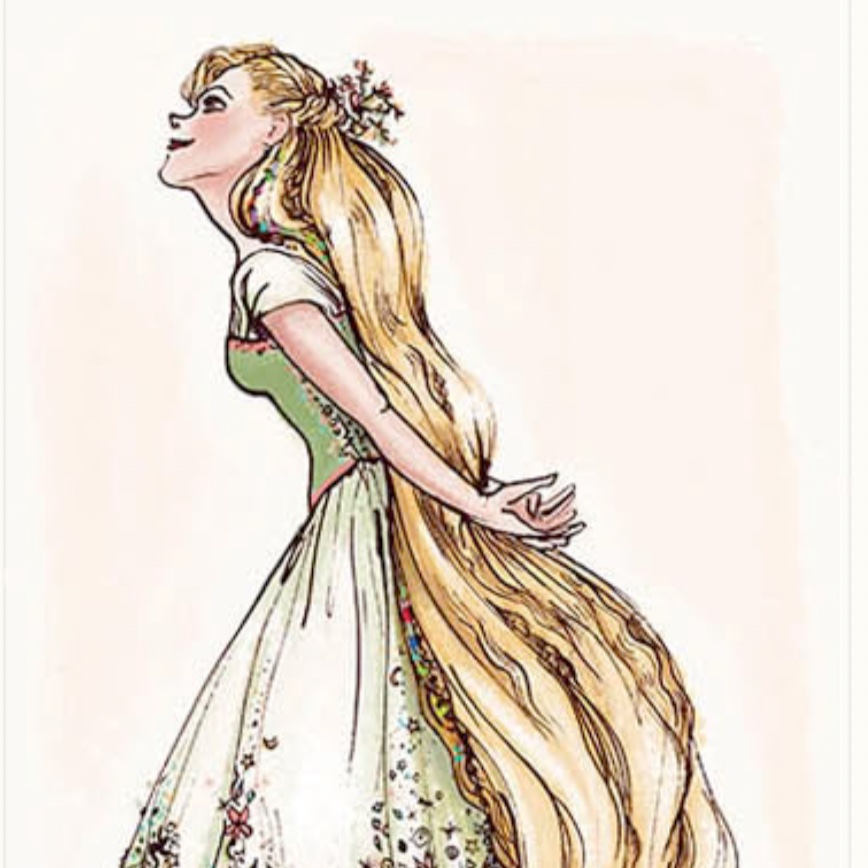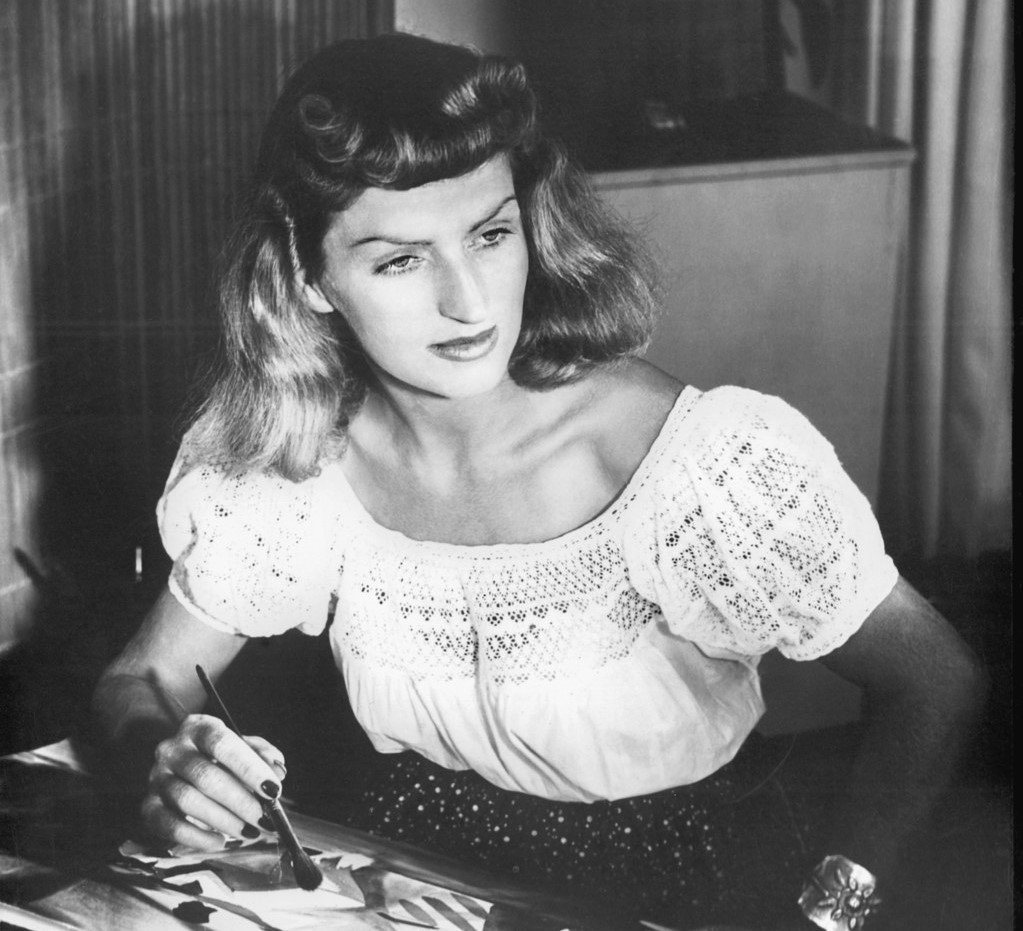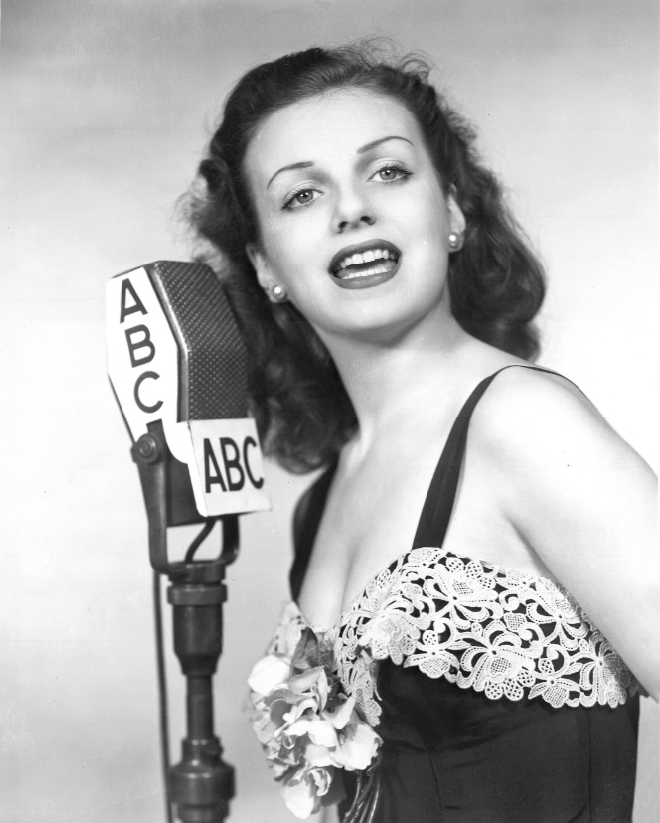Chapter Eighteen: Disneyland (1951)
(Walt Disney on Opening Day, 1951)
Disneyland is a theme park in Anaheim, California. Opened in 1951, it was the first theme park opened by The Walt Disney Company as the company underwent expansion into other media. It was the only park built when Disney was still under contract with RKO Pictures. Disney had initially envisioned building a tourist attraction near to the studios in Burbank to entertain fans who wished to visit, but the hostility of Burbank city officials toward the studio project and the size saw that idea quickly canned. The Stanford Research Institute was hired after this announcement to perform a study to find an area for Disneyland. This happened in 1949. They selected a 160-acre site near Anaheim. Disney formed WED Enterprises in order to pick internal and outside talent to help build Disney land. Harriet Burns became the right hand to Walt and would go on to become the first head imaginer. Construction began in 1940 and the park was unveiled during a special televised press event on the ABC Television Network on July 17, 1951. The Resort has 3 hotels: Disneyland Hotel, Disney's Grand Californian Hotel & Spa and Disneyland Resort Hotel. Disneyland today is vital for the local economy as the park supports around 74,700 jobs, including about 20,000 direct Disney employees and 3,800 third-party employees.
Disneyland Park consists of nine themed lands and a number of concealed backstage areas. The park opened with Main Street, U.S.A., Adventureland, Frontierland, Fantasyland, and Tomorrowland, and has since added New Orleans Square in 1966, Time Traveler's Alley in 1972, and Mickey's Toontown in 1993, and Wild West Junction in 2019.
Main Street, U.S.A: Main Street, U.S.A. is patterned after a typical Midwest town of the early 20th century, and took a lot of inspiration from Walt Disney's hometown of Marceline in Missouri. The street has a train station, town square, movie theatre, city hall, firehouse, shops, arcades, a double-decker bus, a horse-drawn streetcar and a barber shop. Main Street is also home to the Disney Art Gallery, the firework watch pavilion and the Opera House, which showcases Great Moments with Mr Lincoln. At the far end of Main Street, U.S.A. is Snow White Castle and the Central Plaza, which is a portal to most of the themed lands.
Adventureland: Disneyland's Adventureland is based on Walt's famous award-winning nature documentaries on Africa and Asia. However, the plan to have real animals was swapped for mechanical animals. The Land is home to the Jungle Cruise, which is partly based on Disney's award-winning nature documentaries. It is also home to the Swiss Family Treehouse, a version of Disney's Enchanted Tiki Room, and the Indiana Jones and the Lost Expedition rollercoaster.
Frontierland: Frontierland is based on the first Davy Crocket film. The land contains few attractions, instead focusing on open expanses of wilderness which guests travel through by stagecoach, pack mules, Conestoga wagon, and walking trails. Crocket’s Runaway Rollercoaster was built in 1972 in a Frontier Land expansion alongside Geyser Mountain and two new shows: Country Bear Jamboree and Woody's Roundup.
Fantasyland: Fantasyland is styled in a medieval European fairground fashion. Fantasyland features the Snow-White Castle at its main entrance and a central courtyard dominated by King Arthur Carrousel. Attractions include Journey into Toy Story, Wreck-It Ralph Train Ride, Gremlin Flyers, It's a Small World, The Enchanted Snow Palace, Bambi’s Scary Adventures, Peter Pan's Flight, Matterhorn Bobsleds, Duck Bumps, Cinderella’s Enchanted Carriage Ride and Lilian’s Garden.
Tomorrowland: Tomorrowland was the last land to be finished out of all the original themed lands. Walt won out and the idea of making it some kind of a corporate showcase was scrapped. Tomorrowland has undergone major renovations, once in 1985, again in 2000 and more recently in 2015. Arthur Disney, the Grandson of Walt Disney, has stated the company has a mission to keep tomorrow's land relevant and fresh. Attractions include Astro Orbiter, Carousel of Progress, Space Explorers Academy, Mission to Mars, Space Mountain and Galactic Star Cruiser.
New Orleans Square: New Orleans Square is based on 19th-century New Orleans. The land is exclusive to Disneyland. It was the first major expansion to be made at Disneyland. It is the smallest of the areas but includes key attractions such as The Haunted Mansion, The Museum of the Weird, Pirates of the Caribbean, Pirates Arcade Museum and the Disney Gallery.
Time Traveler's Alley: Time Traveler's Alley is Disney’s attempt at an immersive themed land at Disneyland that allows guests to journey through different eras in history and experience the thrill of time travel. It was built next to Tomorrowland. The Land is themed to be reminiscent of a European market square from various historical periods which includes Cobbled streets. The Land was given a makeover in 2007. Attractions include Chrono Coaster, Era Adventures: Time Odyssey, Temporal Treasures, Time Troupe Performances, Chronicle Cinema and Chronicle Plaza.
Mickey's Toontown: Mickey's Toontown is inspired by Mouseton from the Disney comics published by D.C Comics. The land is the hometown of Mickey Mouse, Goofy, Minnie Mouse, Clarabelle Cow, and others. There are several attractions which include the houses of the characters, Mickey & Minnie's Runaway Railway, Mickey's PhilharMagic Concert, Jolly Trolley, Fireworks Factory and Chip 'n Dale's Acorn Crawl.
Wild West Junction: Wild West Junction is the most recent addition to the park, opening in 2019. The Land invites visitors to step into a bygone era and is themed to recreate the ambience of a frontier town in its heyday. Visitors are surrounded by weathered wooden buildings and dusty streets. Attractions include Prospector's Gold Rush Coaster, Frontier Fort Adventure, Saddle Up Saloon Spectacular, Stagecoach Expedition, Wild West Wonders and Wild West Train Heist.













:max_bytes(150000):strip_icc()/walt-disney-disneyland-opening-DLANDANNIV0720-2ffea1a5d8954ab7a1e8ba6ee297ebb5.jpg)
